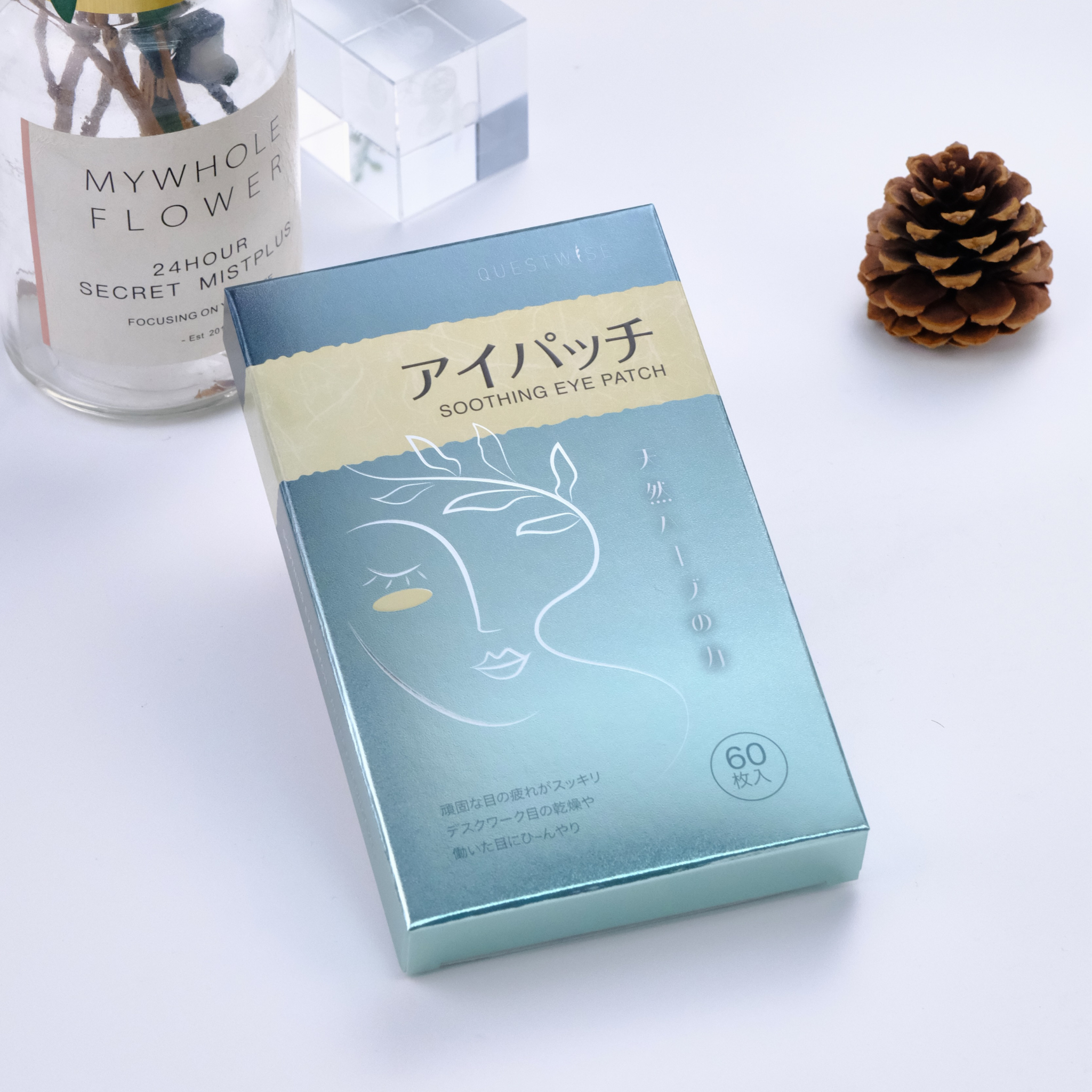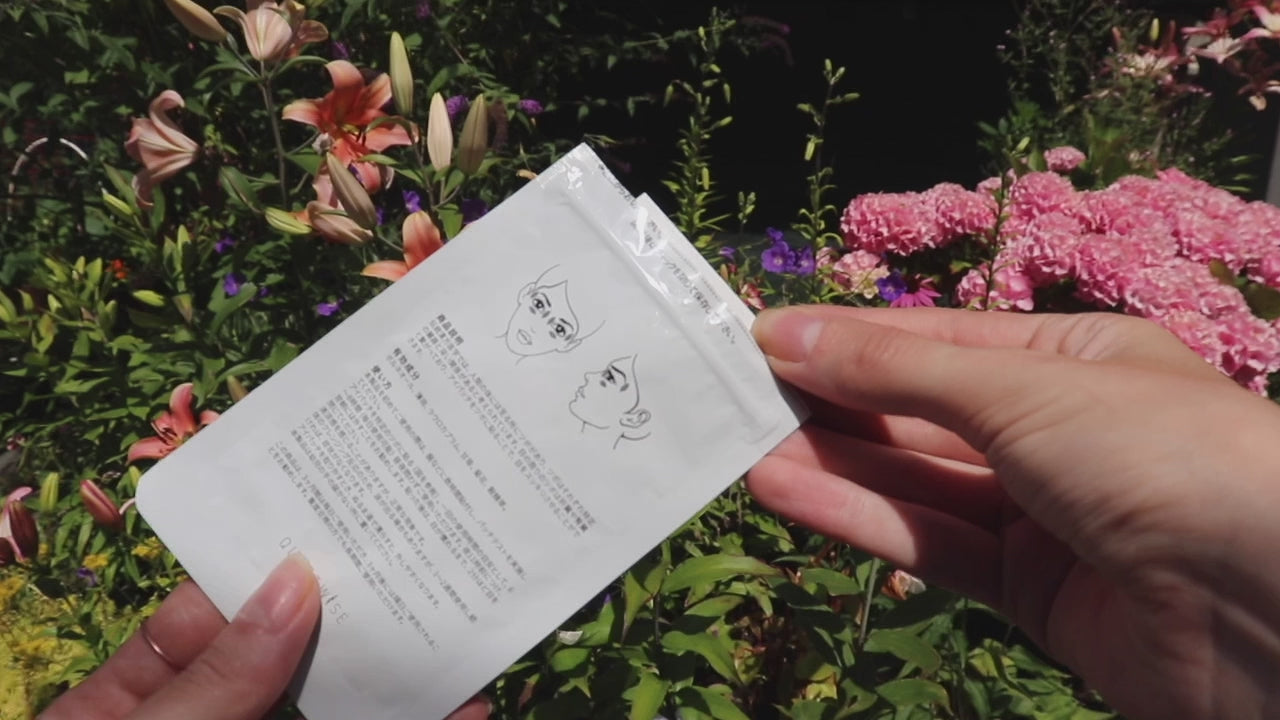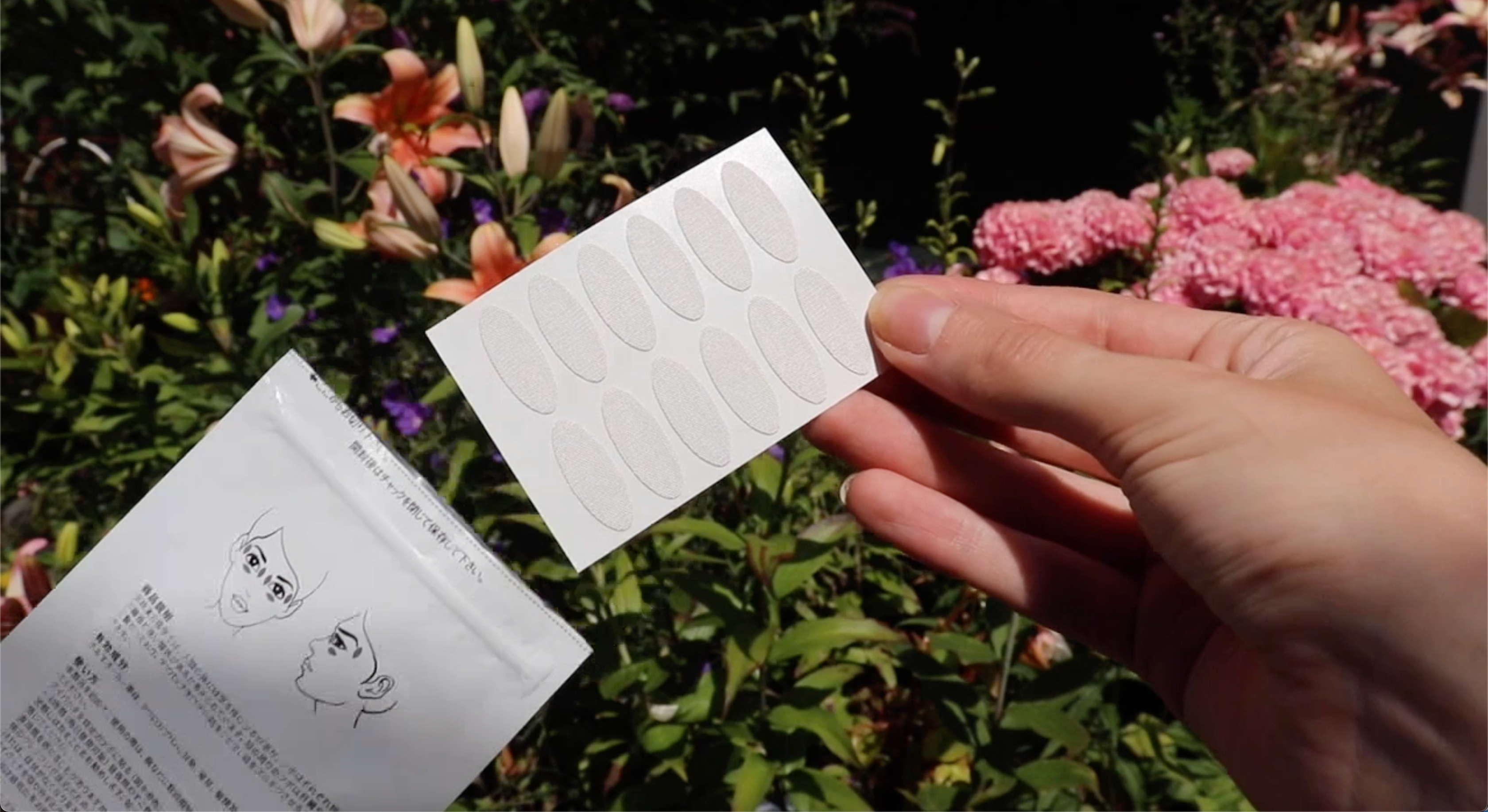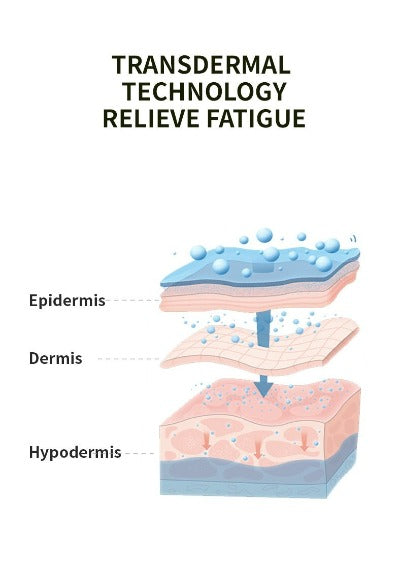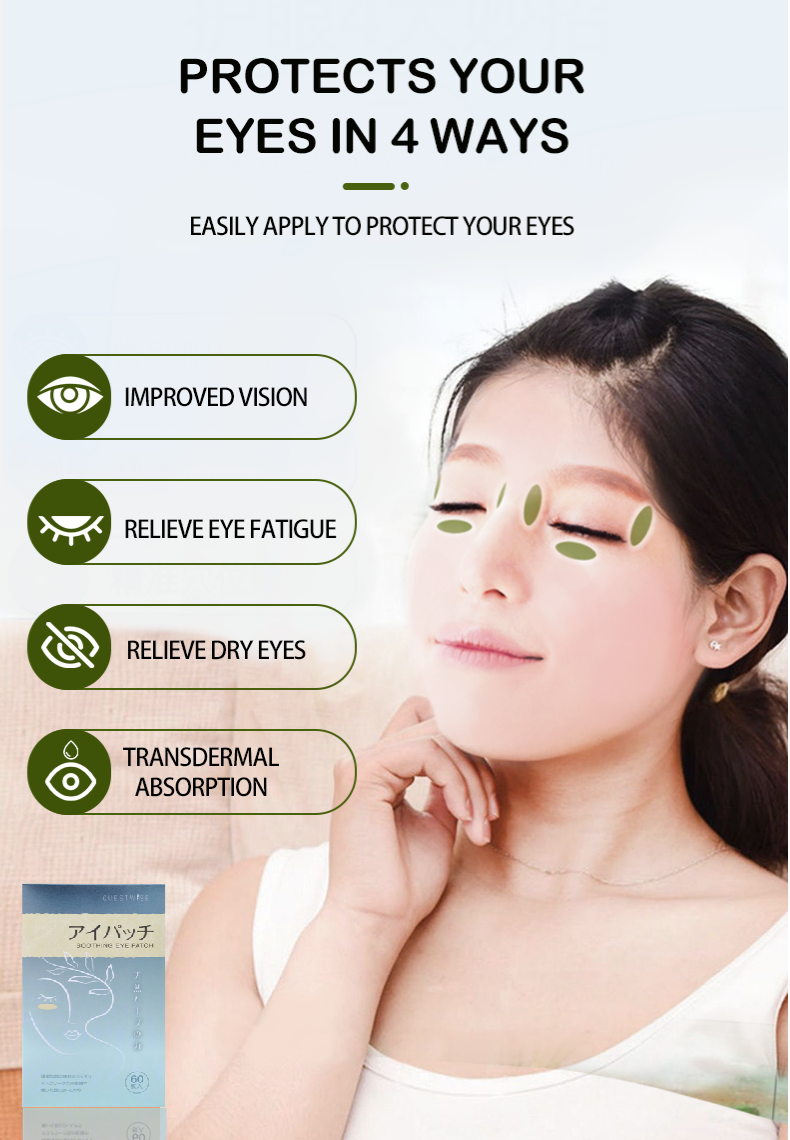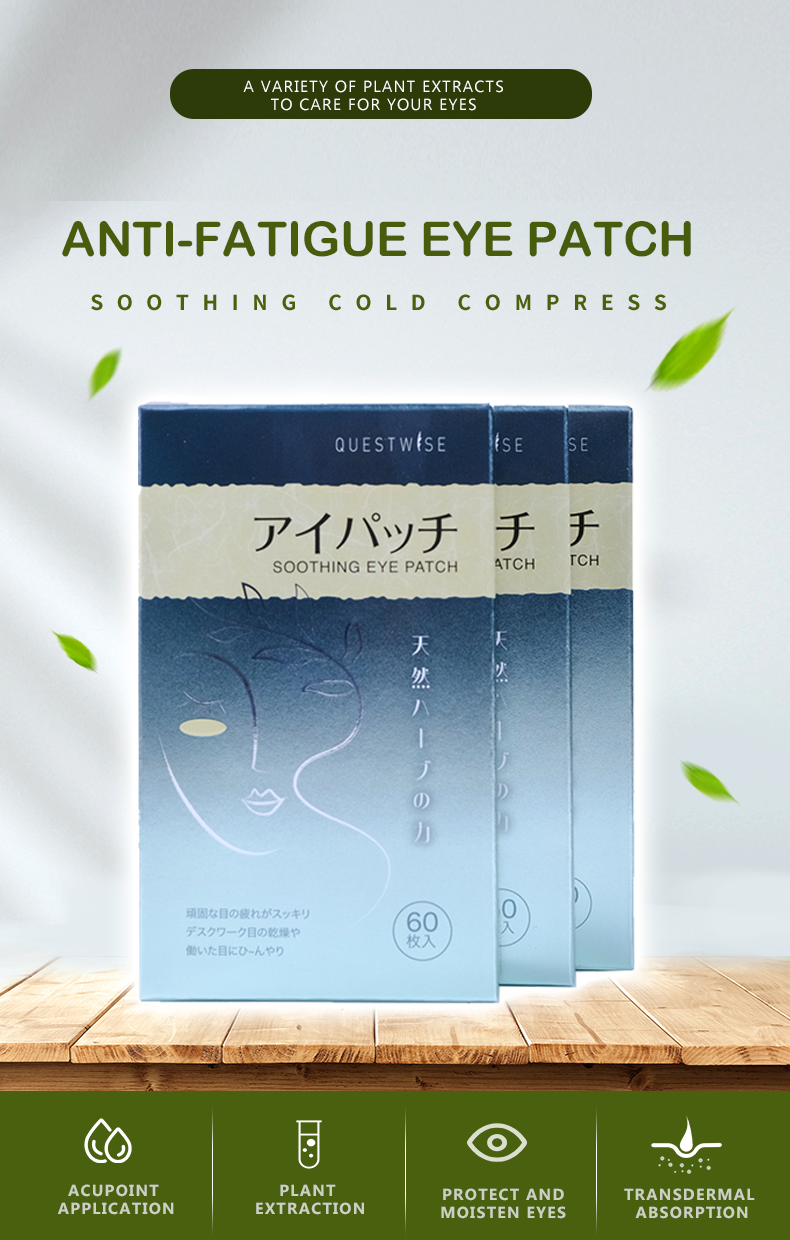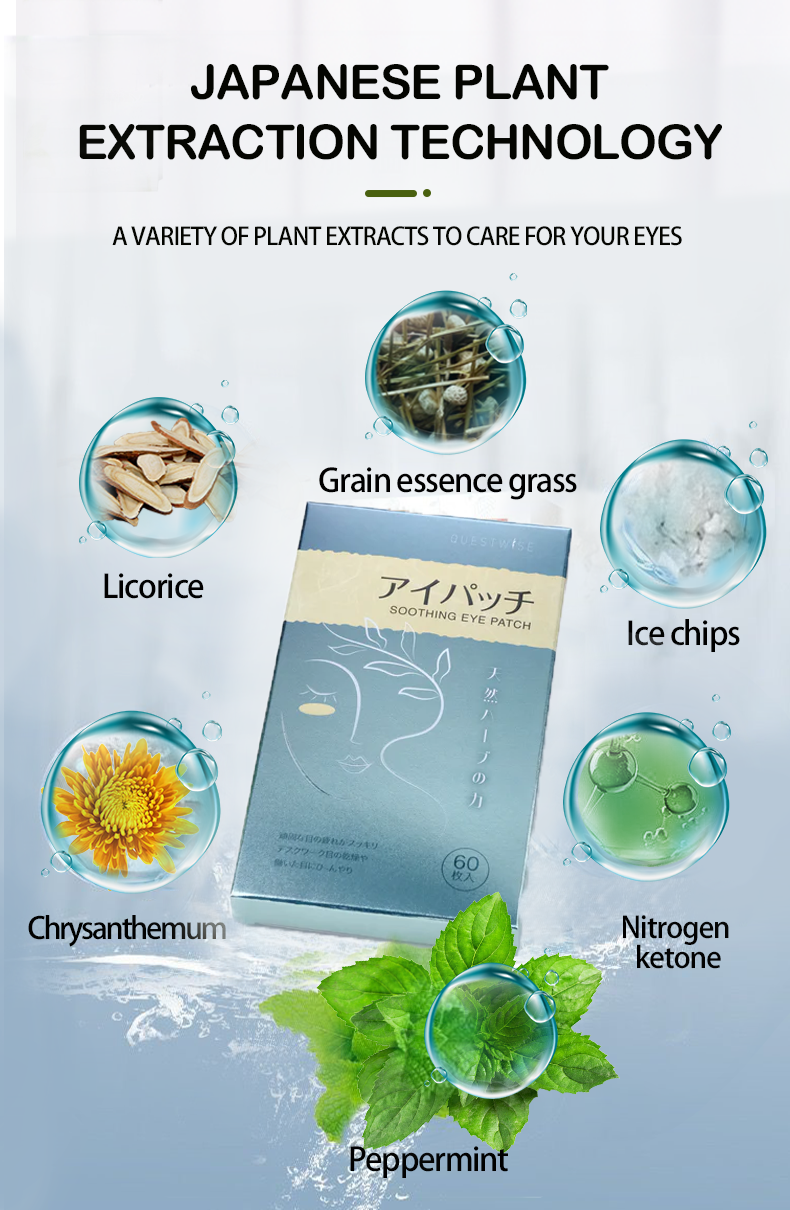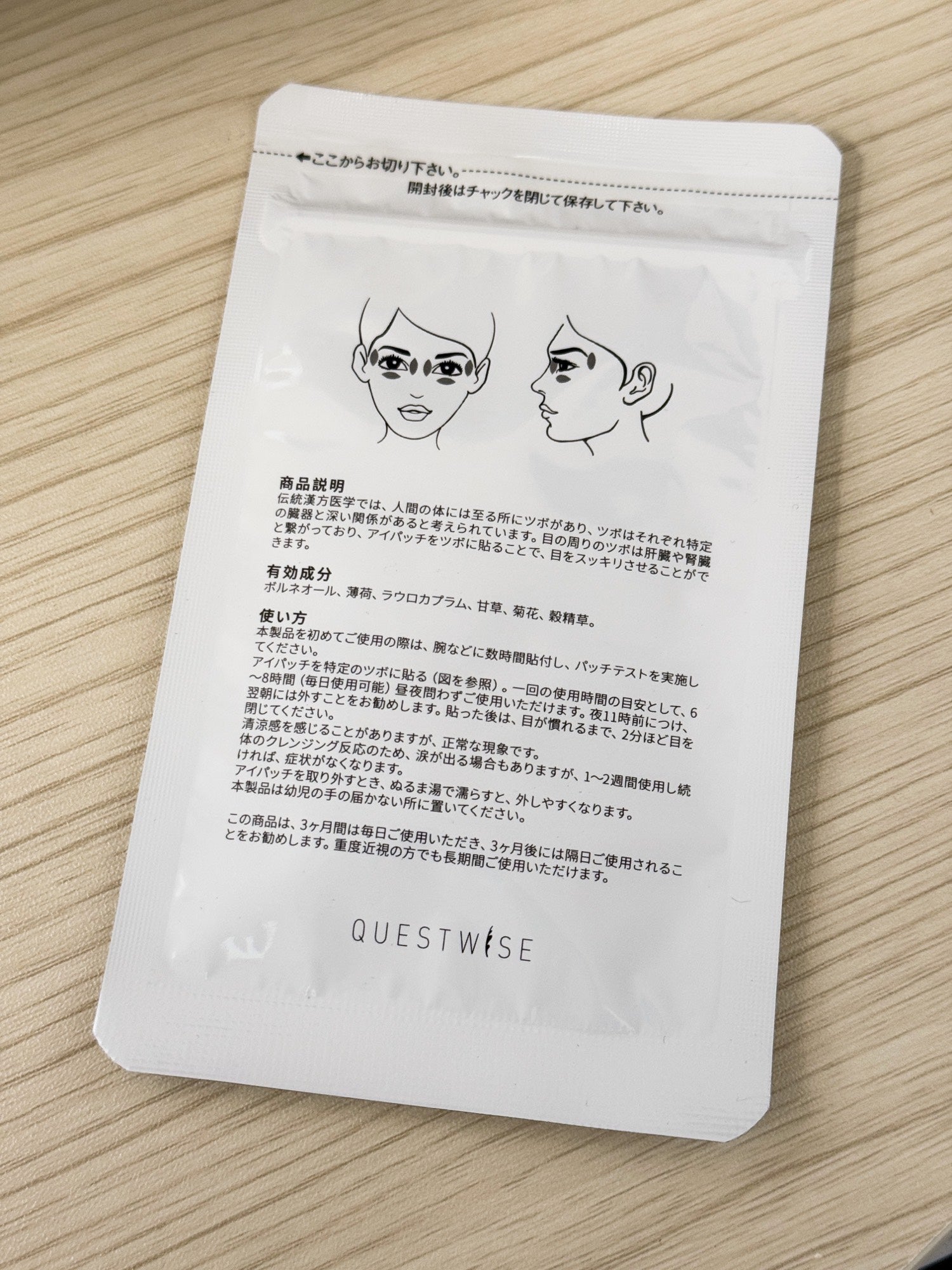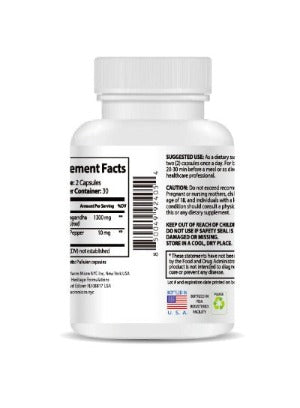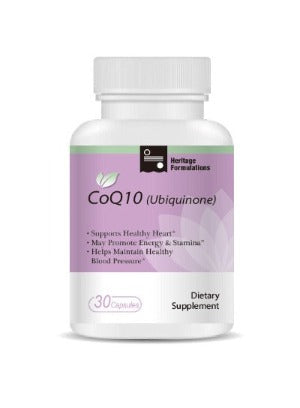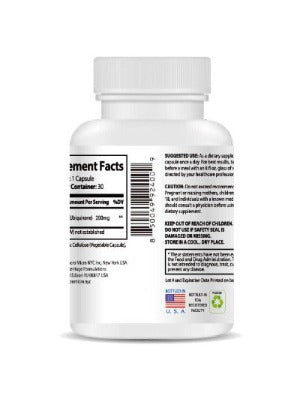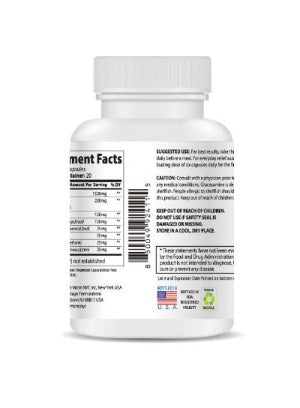Dry Eye Syndrome Solutions for Contact Lens Wearers in 2025: A Comprehensive Guide
Dry eye syndrome (DES) is a prevalent condition affecting millions worldwide, and contact lens wearers are particularly susceptible. The friction and potential irritation from lenses can disrupt the delicate tear film, leading to discomfort, blurry vision, and reduced quality of life. In 2025, understanding and addressing DES is crucial for maintaining eye health and visual acuity. This comprehensive guide explores effective strategies, focusing on natural and soothing solutions, and delves into the importance of proactive care. We will explore the causes of dry eye, examine the challenges faced by contact lens wearers, and discuss effective solutions, including the benefits of natural remedies.
Understanding the Challenges: Dry Eye Syndrome and Contact Lenses
Dry eye syndrome occurs when your eyes don't produce enough tears (aqueous deficient dry eye) or when your tears evaporate too quickly (evaporative dry eye). Contact lenses, while offering excellent vision correction, can exacerbate both types of DES. The lenses can interfere with the tear film's natural lipid layer, leading to increased evaporation. Furthermore, some lens materials may absorb or interact with tears, contributing to dryness and irritation. Symptoms can vary greatly, ranging from mild discomfort and gritty sensations to burning, stinging, blurry vision, and even severe eye redness. Ignoring these symptoms can lead to further complications, so proactive management is key.
For contact lens wearers, the interplay between lens material, wearing schedule, and individual eye health is crucial in understanding DES development. Certain lens materials are more prone to causing dryness than others. Extended-wear lenses, while convenient, can significantly increase the risk of DES. Individual factors, such as age, environmental conditions (dry climates, air conditioning), and underlying medical conditions, further influence the likelihood of experiencing DES. Understanding these factors allows for a more personalized approach to managing DES and selecting appropriate contact lenses and eye care solutions.
The Science Behind Dry Eye Syndrome
To truly understand how to combat dry eye, it's helpful to delve into the science behind it. The tear film is a complex three-layered structure: the outermost lipid layer, the middle aqueous layer, and the innermost mucin layer. Each layer plays a crucial role in maintaining the health and lubrication of the eye's surface. In DES, an imbalance occurs in one or more of these layers. This imbalance can result from decreased tear production, increased tear evaporation, or abnormalities in the composition of the tears. For example, a deficiency in the lipid layer can lead to increased tear evaporation, while a deficiency in the mucin layer can impair the tear film's ability to spread evenly across the eye's surface. This detailed understanding underscores the need for holistic solutions that address the underlying causes of DES.
Lifestyle Factors and Their Impact on Dry Eye
Beyond contact lens use, several lifestyle factors contribute to dry eye syndrome. Prolonged screen time, a common aspect of modern life, reduces blink rate, leading to faster tear evaporation. The constant focus on screens often results in decreased blinking frequency, which is crucial for spreading the tear film across the eye's surface. Environmental factors like wind, smoke, and air pollution can also irritate the eyes, worsening dryness. These external irritants can disrupt the tear film and cause inflammation. Certain medications, including some antidepressants and antihistamines, can have dry eye as a side effect. Dehydration also plays a significant role, as adequate hydration is crucial for producing sufficient tears. Even the air conditioning in our homes and offices can contribute to a dry eye environment.
Adopting a proactive approach to eye health is essential. This includes reducing screen time, practicing the 20-20-20 rule (looking away from the screen every 20 minutes for 20 seconds at an object 20 feet away), ensuring adequate hydration by drinking plenty of water throughout the day, and using lubricating eye drops as needed. Environmental adjustments can make a significant difference. Using a humidifier, especially in dry climates or during the winter months, helps maintain appropriate humidity levels and reduces tear evaporation. Avoiding smoke and other environmental irritants is also crucial. A comprehensive approach, combining conscious lifestyle adjustments with effective treatments, is essential for successful management of dry eye syndrome.
Introducing a Natural Solution: Wise Quest Soothing Eye Patches
Among the many available solutions for dry eye syndrome, soothing eye patches offer a gentle, non-invasive approach to relieving dryness and discomfort. These patches provide a unique combination of comfort and therapeutic benefits. For a comprehensive, long-term solution, the Wise Quest Soothing Eye Patches - 3-Month Wellness Pack offers a convenient and effective option.

These non-toxic patches are crafted with nature's finest ingredients, designed to relieve chronic dryness and strain associated with DES. The carefully selected ingredients work in synergy to soothe irritated eyes, reduce inflammation, and promote a healthy tear film. The 3-month supply ensures consistent use, maximizing the therapeutic benefits and providing long-term relief. The ease of use makes them ideal for incorporating into a daily routine, contributing to consistent and effective management of dry eye symptoms.
Benefits of Wise Quest Soothing Eye Patches
- Gentle and Soothing Relief: Provides immediate and long-lasting comfort for dry, irritated eyes. The soothing nature of the patches helps to alleviate the discomfort associated with dry eye.
- Natural Ingredients: Formulated with nature's finest ingredients, ensuring a safe and effective approach. The absence of harsh chemicals makes them suitable for sensitive eyes.
- Reduces Inflammation: Helps calm inflamed tissues, promoting faster healing and reduced discomfort. The anti-inflammatory properties of the ingredients contribute to the overall soothing effect.
- Supports Tear Film Health: Contributes to the restoration of a healthy tear film, reducing dryness and promoting optimal eye health. The patches support the natural tear production process.
- Convenient 3-Month Supply: A three-month supply ensures continuous use for sustained relief and improved eye health. The bulk pack provides value and convenience for long-term use.
- Ideal for Contact Lens Wearers: Provides a comfortable and effective solution for those who wear contact lenses. The patches are designed to be compatible with contact lens wear.
The Wise Quest Soothing Eye Patches - 3-Month Wellness Pack offers a holistic approach to managing DES, combining natural ingredients with the convenience of a long-term supply. It's a valuable addition to any eye care routine, providing a non-invasive and effective way to alleviate dry eye symptoms and promote healthy eyes.
Additional Tips for Managing Dry Eye Syndrome
Beyond the use of soothing eye patches, several other strategies can be incorporated to manage dry eye syndrome. These include using artificial tears regularly, especially during periods of dryness or after prolonged screen time. Artificial tears help to lubricate the eyes and prevent excessive tear evaporation. Warm compresses can also help to soothe irritated eyes and improve tear production. Applying a warm compress for a few minutes several times a day can provide significant relief. In some cases, a doctor may recommend prescription eye drops or ointments to address the underlying causes of dry eye. These may include medications to stimulate tear production or reduce inflammation.
It's crucial to schedule regular eye exams with an ophthalmologist or optometrist, especially if you are a contact lens wearer. Regular checkups allow for early detection of any eye problems, including dry eye, and enable timely intervention. Early diagnosis and treatment can help to prevent more serious complications from developing.
Conclusion: Proactive Eye Care for Long-Term Comfort
Dry eye syndrome can significantly impact quality of life, particularly for contact lens wearers. However, by adopting a proactive approach that combines lifestyle modifications, environmental adjustments, and effective solutions like the Wise Quest Soothing Eye Patches - 3-Month Wellness Pack, you can effectively manage DES and maintain healthy, comfortable eyes. Remember, prioritizing eye health is an investment in your overall well-being. A multifaceted approach that incorporates lifestyle changes, environmental controls, and effective treatment options provides the best chance for long-term relief from dry eye syndrome.


